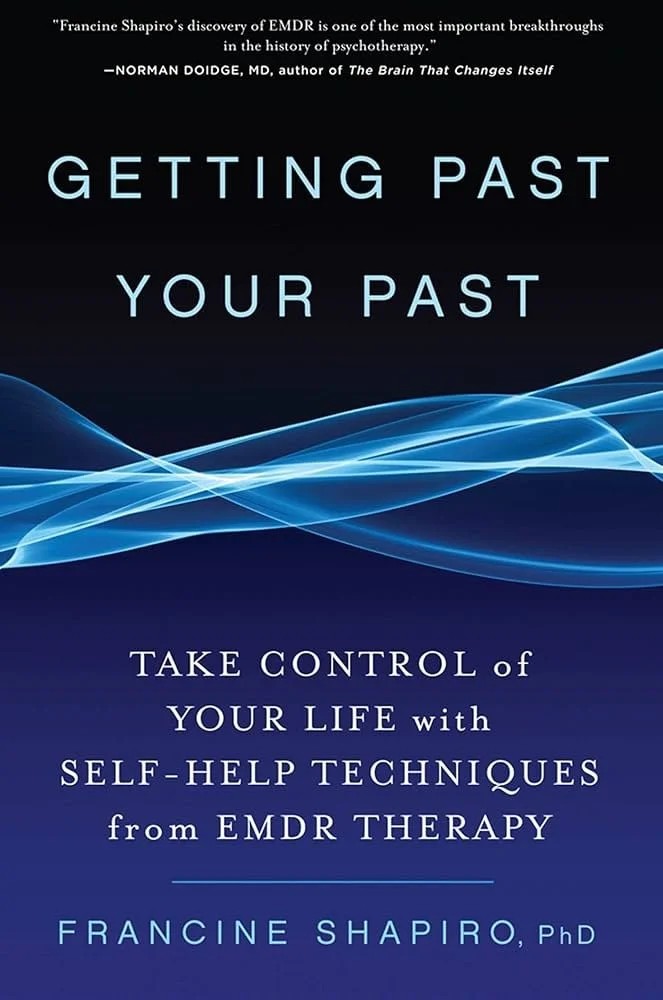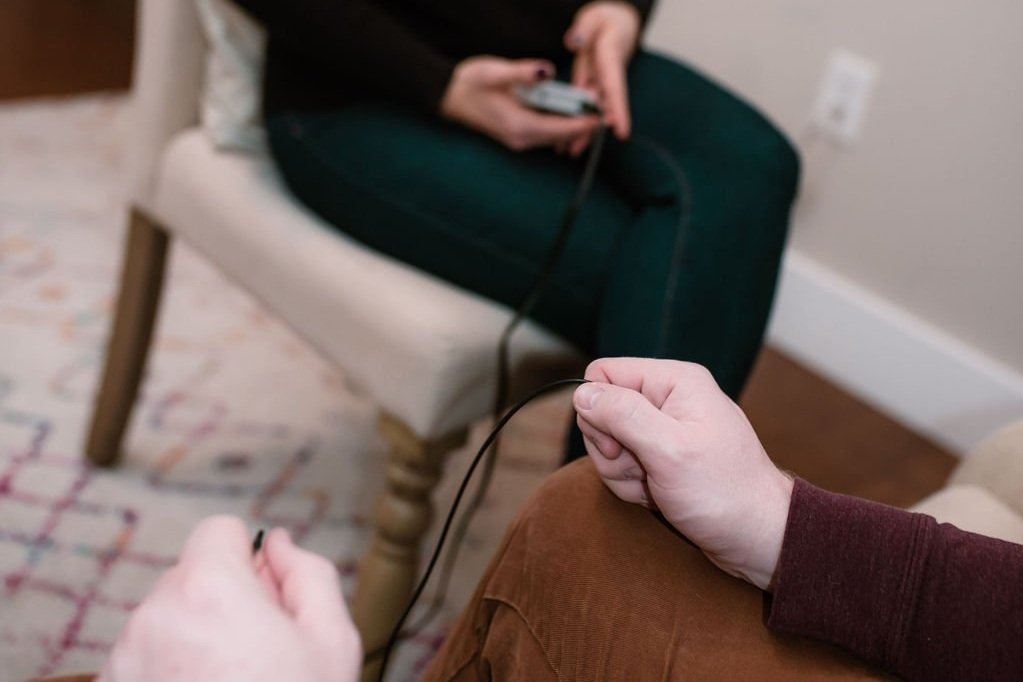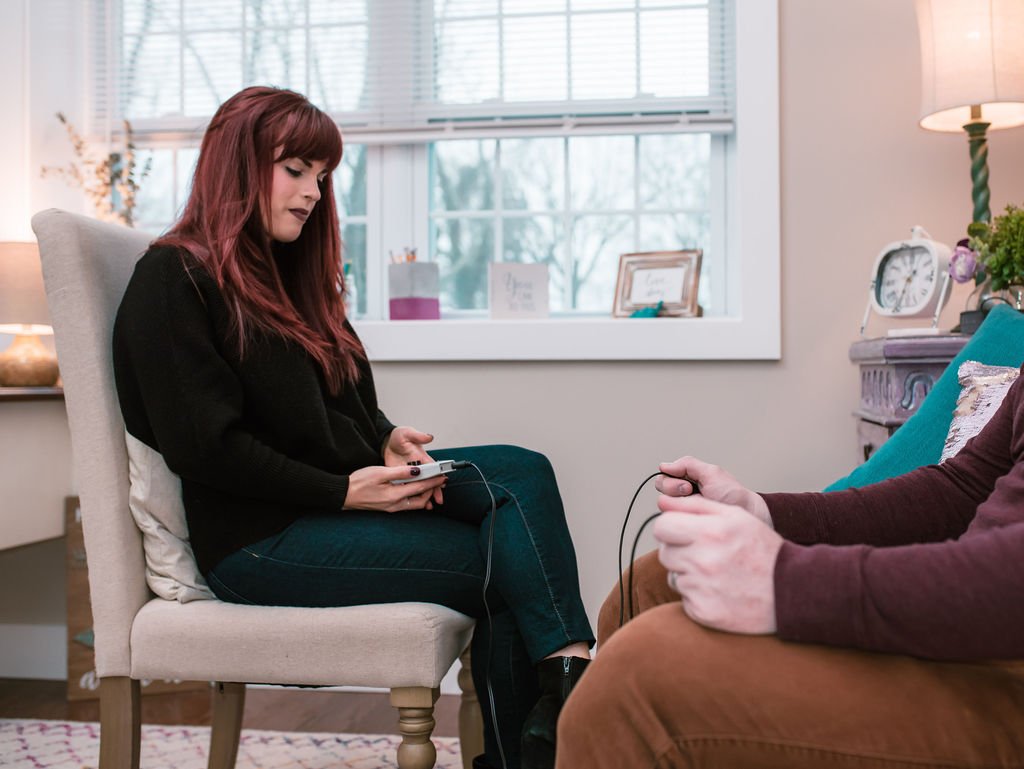Demystifying My Anxiety Through EMDR Therapy
Trauma has a way of lingering, not just in our memories but in our bodies and daily experiences. One of the most common ways past trauma manifests in the present is through triggers—external or internal stimuli that activate distressing emotions, thoughts, or bodily sensations. Eye Movement Desensitization and Reprocessing (EMDR) therapy, guided by the Adaptive Information Processing (AIP) model, provides a framework for understanding and healing these triggers.
What is the Adaptive Information Processing (AIP) Model?
The AIP model, developed by Dr. Francine Shapiro, is the theoretical foundation of EMDR therapy. It proposes that our strengths and areas of struggle are the byproduct of our lived experiences and how they get stored in our body and brain's memory network.
If you recall a positive life experience, you may notice the feeling of warmth in your chest, remember how loved you felt in that moment and a general feeling of joy. That is because this memory is encoded in your brain and body as a positive experience, and when you recall it you feel similar emotions and sensations as you did at the time it occurred.
The same is true for traumatic or overwhelming experiences. When our body is overwhelmed, we are not able to integrate that experience the way we do when we are at ease and it can get stuck in our brain. Almost like that moment is frozen in time. When you recall these distressful events, you may also feel a tension in your chest or feel fearful and unsafe the way you did at the time the event occurred.
Our brain uses past events to predict future outcomes. So when we have these unresolved traumatic experiences it can be intrusive to our life today.
Understanding Triggers in the AIP Model
Triggers are cues from our environment that activate unprocessed traumatic memories. These cues can be emotional, sensory, or situational experiences that are tapping into unprocessed memories from our past. When this happens, we tend to have a disproportionate reaction to the event in front of us because we are not only responding to those events but to all of the unprocessed memories stored in our brain that feel similar enough to what is happening right now. This reaction can be overwhelming because the past and present are not properly differentiated in the brain’s storage system.
Triggers can come in many forms, including:
Sensory Triggers: Sights, sounds, smells, or textures that resemble aspects of the traumatic event.
Emotional Triggers: Feelings similar to those experienced during the trauma, such as fear, helplessness, or shame.
Cognitive Triggers: Thoughts or beliefs linked to the traumatic memory, such as “I am not safe” or “I am powerless.”
Situational Triggers: Specific places, people, or interactions that remind the person of the trauma.
How EMDR Addresses Triggers
EMDR uses bilateral stimulation or left and right activation of the brain in order to help reduce the vividness and disturbance held in the body related to traumatic memories. This left and right activation is done primarily through eye movements but can also be done through tapping or sound. The last several decades of research have shown that this type of brain activation seems to help reduce the distressing feelings held in the body related to traumatic events. After reprocessing, people can often say “this terrible thing happened to me AND I can feel calm in my body as I think of it now.”
Healing and Moving Forward
Understanding is the beginning of healing. EMDR offers a robust framework for beginning to understand ourselves better and offers a unique way of working through those difficult events so they no longer have control over us.
If you have been curious about this type of approach we would love to hear from you. With the right support, the past can finally become the past, allowing space for a healthier, more resilient future.
Resources
Are you feeling triggered and having a hard time figuring out why? Grab our self care check-in to better understand your triggers and how you can take better care of yourself.









